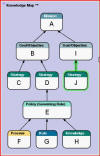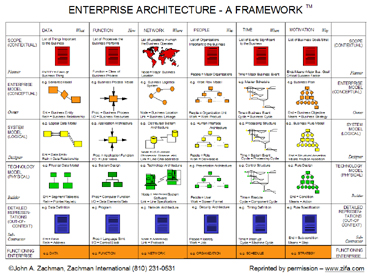Ten Rules for Wall Street
Ten Rules for Wall Street
What are the rules? Did people break the rules, bend the rules, or ignore the rules?
Confidence in Wall Street went down the drain last week. The credit crisis gave business a bad name, and it gave government a bad name for not doing anything about it. Trust disappeared.
It's time to rebuild trust in business and government.
Here are ten rules for restoring trust in business and government. These rules apply to everything from the global financial system, to Wall Street; from federal governments to local jurisdictions; from global corporations, to organizations and small businesses.
Companies that learn to define transparent rules that are sensible, consistent, easy to understand, and easy to follow will be easy trust. On the other hand, companies that rely on opaque rules that are complicated, confusing, illogical, inconsistent, or deceptive will be hard to trust. They will go out of business.
Rule 10 - Have guiding principles. Act on principles, independent of influence by greed or friends.
Rule 9 - Follow policies and guidelines about what is permissible and what will not be tolerated.
Rule 8 - Establish rules of behavior concerning what is right and wrong. Success in business depends on understanding the rules. The rules of the business are the way the business really operates. Design transparent rules that are logical, sensible, easy to understand, and easy to follow.
Rule 7 - Leverage knowledge and judgment. Know what you know, and know what you don't know. Document and retain what your experts know and how they think so their knowledge can be shared with those who need to know. Use wise judgment. Know when to follow the rules, when to bend them, and when to forget them.
Rule 6 - Make smart decisions informed by facts, rules, knowledge, principles, and judgment. Decide using clear, logical, and unbiased rules that explain each decision clearly. Use sound reasoning to make rules-based, principles-based, and knowledge-based decisions.
Rule 5 - Create enterprise architecture to deal with change and complexity. Use architecture to simplify complexity, and to understand how the whole business and the whole system works; Understand who, what, when, where, why, and how. Design the architecture to ensure that all the parts fit (interoperability), connect (integration), work (quality), work as intended (alignment), last (reliability), and can be shared (reusability). Design the architecture so the business can handle increases in complexity and increases in the rate of change (flexibility). Design the architecture to reduce time-to-market and reduce operating costs. Design the architecture to support rules-based and principles-based compliance.
Rule 4 - Do the engineering, to design systems that work, change, and last. Apply architecture and engineering design principles to ensure alignment, flexibility, quality, interoperability, integration, reusability, reliability, compliance, reduced time-to-market, and reduced costs. Build in risk management safety factors so the business and the systems can handle extreme stresses and excessive loads.
Rule 3 - Have a clear vision. Stand for brand.
Rule 2 - Instill confidence. Improve the quality, consistency, and accuracy of decisions and actions.
Rule 1 - Build trust. Align actions, decisions, and transactions with management's intentions. Align execution to goals, strategy, and mission. Align systems to business. Align implementation to intention.
Sept. 25, 2008 Rolando Hernandez BIZRULES

 We use this tool to document your business rules independent of any BRE - yet it can be implemented using any BRE. Again, this is a logical model of your business rules. It can be used as the rulebook or specs for authoring the rules in any BRE.
We use this tool to document your business rules independent of any BRE - yet it can be implemented using any BRE. Again, this is a logical model of your business rules. It can be used as the rulebook or specs for authoring the rules in any BRE.

